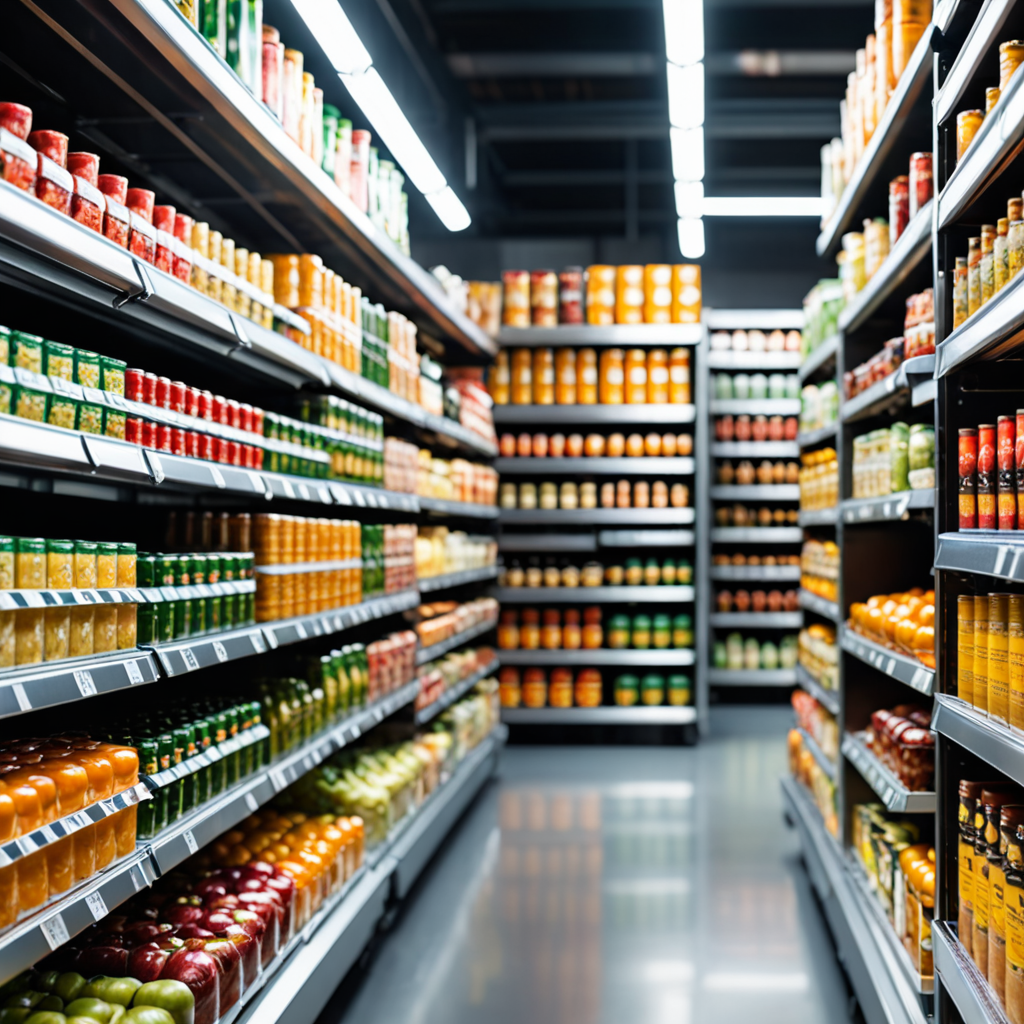
Nanotechnology in Food Packaging: Extending Shelf Life
Introduction
Nanotechnology has found a valuable application in the realm of food packaging, where it plays a crucial role in extending the shelf life of various perishable products. This innovative technology utilizes nano-sized materials to enhance the properties of packaging materials, offering numerous benefits for both consumers and the food industry.
Understanding Nanotechnology in Food Packaging
Nanotechnology involves manipulating materials at the nanoscale, allowing for unique properties and functionalities. In food packaging, nanomaterials like nanoparticles and nanocomposites are incorporated into packaging materials to improve barrier properties, mechanical strength, and antimicrobial capabilities.
Benefits of Nanotechnology in Food Packaging
By leveraging nanotechnology in food packaging, products can experience extended shelf life through better protection against environmental factors like oxygen, moisture, and light. Additionally, nanomaterials can help prevent microbial growth, reducing the risk of contamination and spoilage.
Enhanced Food Safety and Quality
The use of nanotechnology in packaging enhances food safety by minimizing exposure to harmful pathogens and contaminants. This technology also helps maintain the sensory attributes of food products, such as taste, texture, and appearance, ensuring quality preservation over an extended period.
Environmental Impact and Sustainability
Nanotechnology offers sustainable solutions for food packaging by reducing food waste through prolonged shelf life, ultimately decreasing the environmental footprint of the food industry. Additionally, nanomaterials can be designed for recyclability, further promoting eco-friendly practices.
Regulatory Considerations
As with any innovative technology, the application of nanotechnology in food packaging raises regulatory considerations regarding the safety and labeling of nano-enabled packaging materials. Regulatory bodies worldwide are actively evaluating the potential risks and benefits associated with nanomaterials to ensure consumer protection.
Future Outlook and Innovation
The continuous advancement of nanotechnology in food packaging holds great promise for further innovation in the industry. Future developments may include smart packaging systems using nanosensors for real-time monitoring of food freshness and quality, enhancing the overall consumer experience and food safety standards.
In conclusion, nanotechnology in food packaging represents a cutting-edge solution for extending the shelf life of perishable products while addressing critical issues of food safety, quality, and sustainability. By harnessing the power of nanomaterials, the food industry can pave the way for a more efficient and environmentally conscious approach to food preservation and packaging.
FAQs about Nanotechnology in Food Packaging
What is nanotechnology in food packaging?
Nanotechnology in food packaging involves the application of nanomaterials to enhance the packaging properties, such as barrier capabilities and antimicrobial activity, ultimately extending the shelf life of food products.
How does nanotechnology help in extending the shelf life of food?
Nanotechnology enables the development of packaging materials with improved barrier properties against gases, moisture, and light, as well as incorporating antimicrobial agents to prevent microbial growth, thus preserving food freshness for longer periods.
Are there any safety concerns related to nanotechnology in food packaging?
While nanotechnology offers significant benefits in food packaging, there are ongoing studies to ensure the safety of using nanomaterials in direct contact with food. Regulatory bodies worldwide are actively assessing the potential risks associated with nanotechnology in food packaging.
What are some examples of nanomaterials used in food packaging?
Some common nanomaterials used in food packaging include nanoclays, nano-silver, and nano-titanium dioxide. These materials are incorporated into packaging to improve mechanical strength, thermal stability, and antimicrobial properties.
How can consumers benefit from nanotechnology in food packaging?
Consumers can benefit from extended shelf life of products, reduced food waste, improved food safety, and enhanced product quality due to

